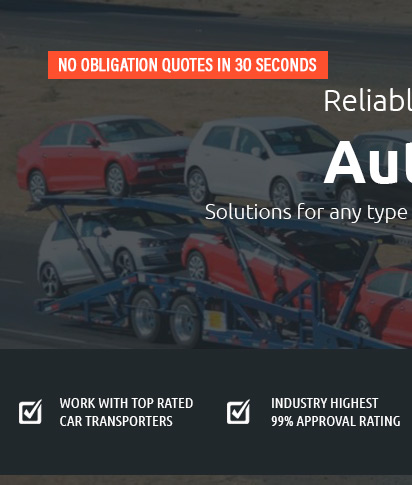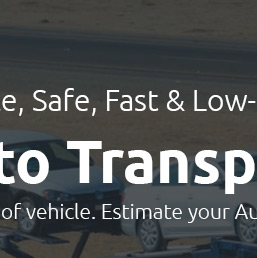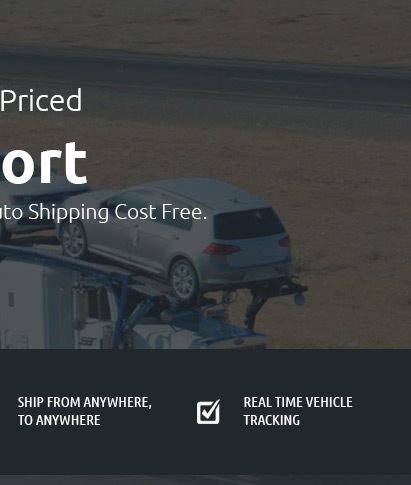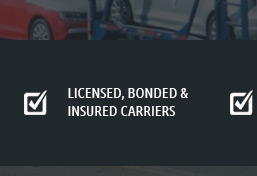 |
|
||||
 |
 |
 |
 |
||
 |
 |
|||||
 |
 |
 |
 |
 |
 |
 |
||
 |
 |
 |
 |
 |
 |
 |
 |
 |
 |
 |
|
 |
|
Experience the unparalleled convenience of our premier auto shipping service, where we specialize in the seamless transport of any type of vehicle, including the challenging route from Hawaii to California-say goodbye to the stress of logistics and hello to peace of mind, as we offer competitive pricing that ensures your vehicle's journey is both affordable and secure; trust us to handle your car with the utmost care, delivering excellence every mile of the way.
https://www.tripadvisor.com.sg/ShowTopic-g29222-i37-k7685751-o20-Mainland_to_Hawaii_car_shipping_advice-Oahu_Hawaii.html
Matson is your best bet to go from California to Hawaii. You'll have to work ... https://www.americanautoshipping.com/ship-car-from-hawaii-to-mainland/
On average, the shipping costs range between $1,500 and $1,800. The best way to figure this one out is to use our auto transport price calculator and get your ... https://universaltransit.com/blogs/how-much-to-ship-a-car-from-hawaii-to-california
Cost breakdown of shipping a car from Hawaii to California - Figure the budget for between $1200 to $1600, depending on your vehicle's exact ...
|
